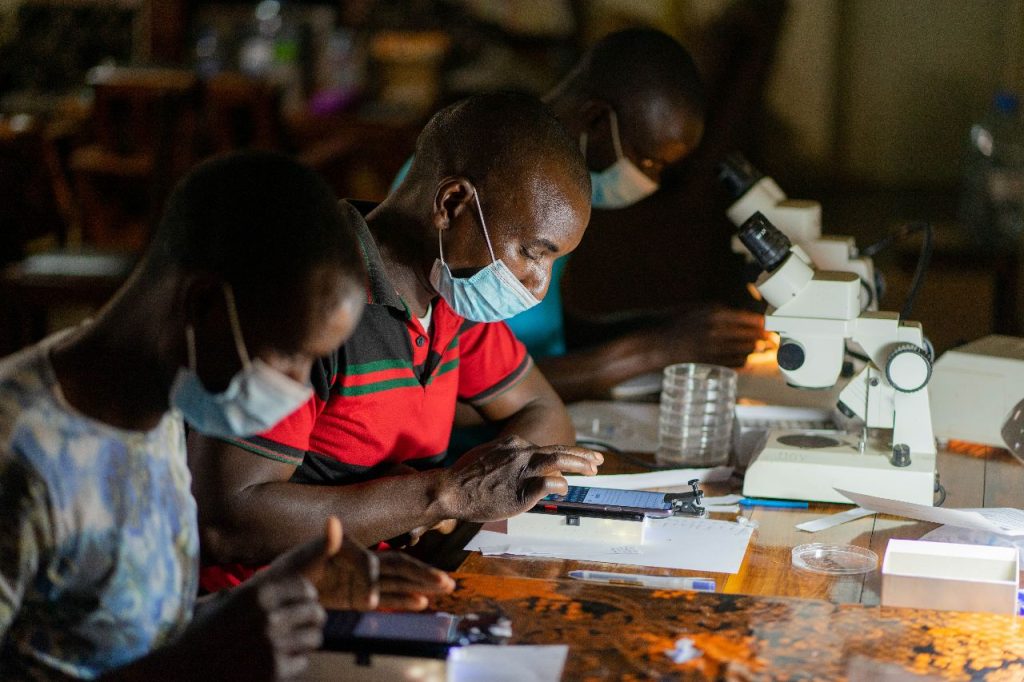VectorCam: Fighting Malaria One Image at a Time
Team: VectorCam
Program:
Biomedical Engineering
Project Description:
Each year, 400,000 people, primarily pregnant women and children under 5, die from malaria. Efforts to eliminate malaria rely on high-quality vector surveillance data. Vector surveillance is the process of analyzing the population characteristics of mosquitos, such as species, sex, and abdominal status, in a given location in order to make informed decisions toward elimination of vector-borne diseases. It is crucial to understand these characteristics because they provide insight into the behavior of vectors in a given area. This data is vital to inform intervention decisions, such as the distribution of bed nets or indoor residual sprays. Our device, the VectorCam tool, automatically performs analysis of individual mosquito specimens using computer vision. By automating the process, we can deskill vector surveillance by task shifting data collection from trained entomologists at a centralized lab to village health workers in their communities. This will ultimately result in greater temporal and spatial resolution of surveillance data, allowing for better targeted malaria interventions decisions.
Team Members
-
[foreach 357]
-
[if 397 not_equal=””][/if 397][395]
[/foreach 357]
Project Mentors, Sponsors, and Partners
Course Faculty
-
[foreach 429]
-
[if 433 not_equal=””][/if 433][431]
[/foreach 429]
